
Introduction
Despite being in 2018, India remains greatly underestimated in terms of the knowledge it has brought forth to humanity at large.
Amongst its contributions, India has produced some of the earliest scientists, philosophers and scholars - at a time when ‘westerner’s’ were still underdeveloped.
To appreciate the importance India has had in the development of world civilisation, let’s uexplore some of its ancient discoveries.
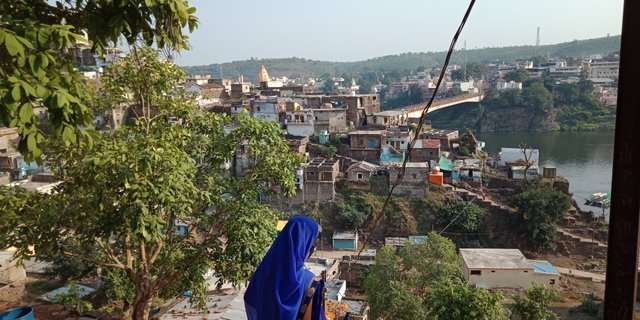
The Sciences
The developments of mathematics in its earliest form originate in India, through researchers such as Baudhayana who was a Vedic mathematician and mystic combined and his works Baudhayana Sutras (dated around 800 BC) – These sacred scripts describe how to build shrines and altars with the help of geometrical formulas, such as PI and the Pythagorean theorem which is has inaccurately been credited to Pythagoras.
According to historians, Baudhayana was a Mathematician that lived 200 years before Pythagoras. Located in South India and shrouded in mystery, Baudhayana's life may appear to play out like a mythic character. But there is no doubt that either he existed - or there was somebody else like him, for someone has written his works.
Another mathematical sequence known to Indian philosophers - long before anyone else - is the Fibonacci sequence a series of numbers, named after the Italian mathematician Leonardo Fibonacci.
It shows where a number is found by adding up the two numbers before it. Starting with 0 and 1, the sequence goes 0, 1, 1, 2, 3, 5, 8, 13, 21, 34 and so forth - to infinity.
Therefore, to say that there is a new discovery – without including those that pondered it thousands of years previously, birthing it into the collective awareness for humanity at large - means that a new theory begins not with the deep ponderings of ancient mystics – but with yet more ‘misinformation.’
So… the said creator ‘Fibonacci’ lived in the 13th century; remembering that this particular discovery was known a 1000 years before by the Indian mathematician Pingala.
Pingala was Indian and lived around 300 BC. One expression of the Fibonacci sequence is found in his volume ‘Mātrāmeru.’. Pingala is also credited with the first explanation of Binary numbers, and is known to have used the Sanskrit word ‘Sūnya’ - explicitly referring to the number zero.
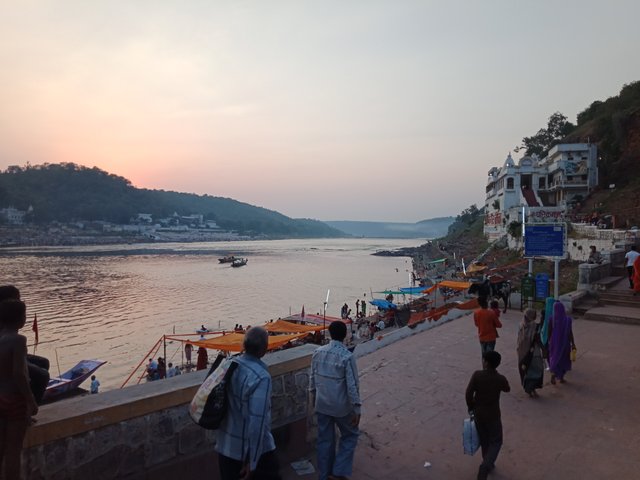
Knowledge is power, and powerful information was strictly confined to the privileges of the priest class all over the world.
Furthermore, the obligation of secrecy to ‘the club’ has prevented us from understanding the in-depth observations that were once realized the originator founding concepts which is essentially that the nature of reality is actually benign.
Hell-bent on the manipulation of Nature and the ownership/command over ‘matter’ we have become more barbaric creatures; mind-games, war, wanton looting and savagery - also played its part in destroying volumes of vital texts which could give us answers for totady’s dimemmas on all-fronts.
For example; do you know that the length of your foot is one sixth of the height of your body? Did you know that your forearm is one fourth in length of the height of your body? Do you know that the same symmetrical relationship can be found in galaxies, stars, planets, trees, flowers – in fact all over nature.
In reality, these are all symmetrical relationships; mathematical constants and universal principles which ultimately indicates that there is an implicate order in space.
In other words, there is an infinite distribution of physical symbolically expressed through numbers – and that are a way for us to dimly understand the incredible intelligence eternally present in the universe.

These calculations were an attempt to grasp ‘The Great Mystery’ as some mystics call it. And India was the first civilizations to express these basic fundamentals that we use to this day.
Coming to a similar conclusion, Albert Einstein said; ‘’We owe a lot to Indians who taught us how to count, without which, no worthwhile scientific discovery could have been made.’’
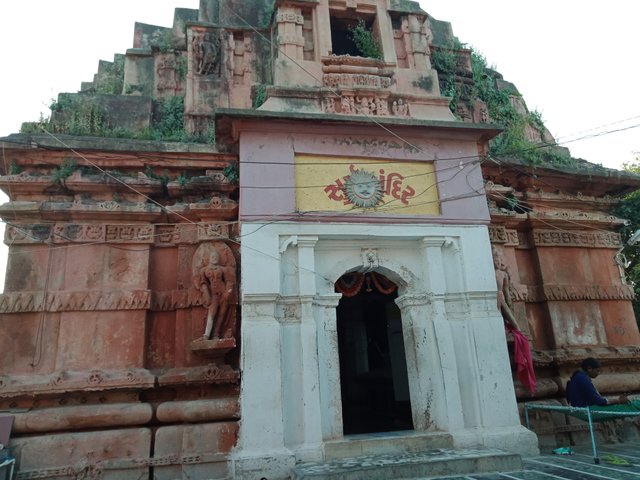
Ancient Indian Atomism
Through living close to nature without today’s distractions, ancient people were in uniterupted observation of their gardens, their plantations and Nature, as a whole and this can still be said of those on rural farms today.
For example, it became evident that the seed of a tree - in some mysterious way - contained the potential for a fully grown tree. From realising everything in nature grows from that which is small, the idea of large units being made up of smaller units was first contemplated by Man. They argued that - if numerus numbers are limitless - so must the one who calculates them.
We must remember that back then, there was by far more untouched Nature and time to sit and ponder while taking in its delights.
During their Vedic age, there were both mystical and materialistic schools of thought. Vedanta, Yoga, Jain and Sankhya are some of the earliest mystical philosophies to arise in India – and they, are still going strong today. Nyaya Vaisesika were the earliest materialistic schools.
The earliest account we have are from the initial mystical schools that discussed atoms in relation to the greatness - and the smallness – of what they often called ‘The Absolute,’ (because nothing can get behind or beyond it; it being everything everywhere at once) then went on to be called the Creator, Sustainer and Destroyer.
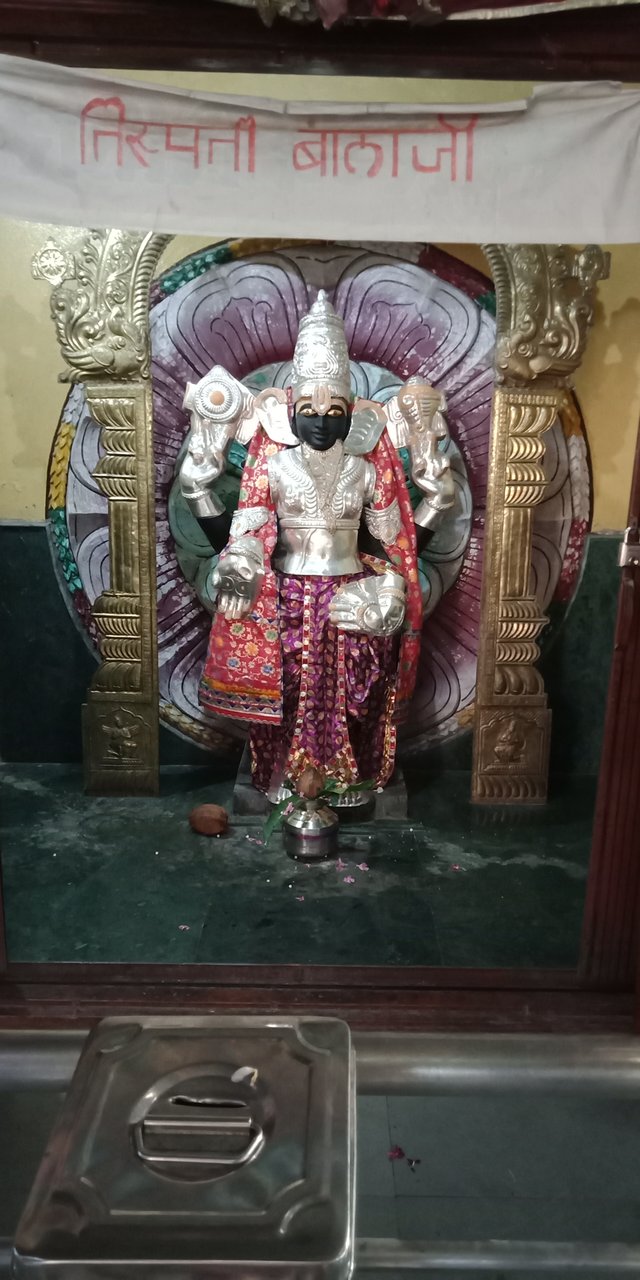
According to some of these Indian mystics, the eternal energy that Life is – is present at every point in space and time in a Multiverse, because, via mathematics, they discovered that Universes must also be Infinite. These points they called the innermost of every living thing; its ’Atman.’ It refers to the soul, which according to the mystic school of Hinduism is a reflection of the spark of ‘The Divine’ which inhabits every living thing.
In other words, if ’God’ is present everywhere, then this ultimate life-force/power must exist not only in stars and planets, but also in the tiniest things, such as light-wave/particle phenomena that compose any physicality.
From exploring India’s ancient way of pondering Life, it becomes evident that what quantum physics is grappling with today was, in fact, explored way back then.
Nyaya-Vaisesika
This materialist Indian school developed one of the earliest materialistic forms of what’s called ‘Atom-ism.’
In the 6th century BCE, Indian mystics such as Kanada the founder of the Vaisesika school discovered different combinations of what they deemed to be ‘the four elemental types of atoms named paramanu.’
These atoms were considered to have 24 different qualities, with general and specific ‘intensive and extensive properties.’
They also combined atoms in pairs and then grouped them into trios of pairs which according to them were the smallest visible units of matter - and this was all achieved without the luxury of CERN.
In the 7th century BCE, Jain philosophers made further observations. Apart from souls, they said the entire universe is made out of atoms. Each atom, according to Jain philosophy, has a specific taste, smell, color and two kinds of what they call ‘touch.’ According to ancient Jains, atoms combine eternal properties that go on to form eight ‘’substances'; earth, water, fire, air, shadow, sense objects, karmic matter and what they termed ‘unfit matter.’
In different ways, these schools contemplated the nature of reality side-by-side with the fabric of matter. And all of them concluded that atoms are somehow the building block of material reality.
To understand more of what I am trying to say please read part two where we will explore some other discoveries ancient India made. but for know, let me show you the way towards the sun.
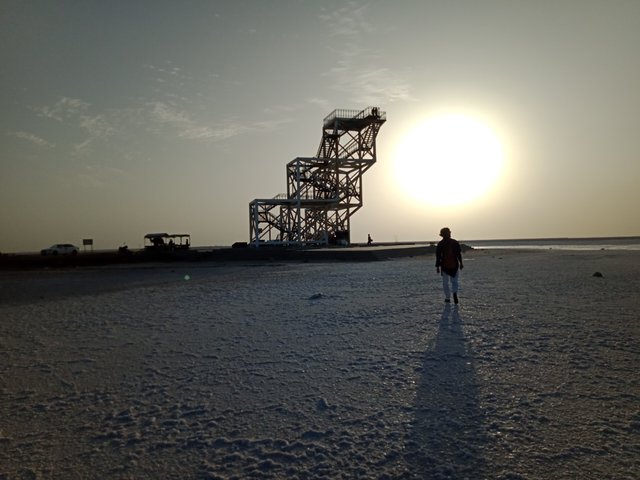
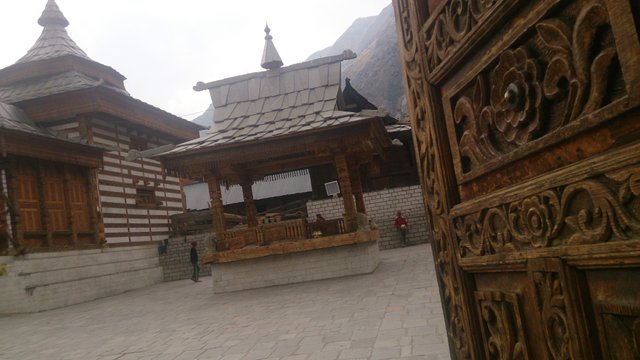
Your post will be shared in my daily report :)
Downvoting a post can decrease pending rewards and make it less visible. Common reasons:
Submit
Awsome. That would an honor of mine....Thank you so much :)
Downvoting a post can decrease pending rewards and make it less visible. Common reasons:
Submit